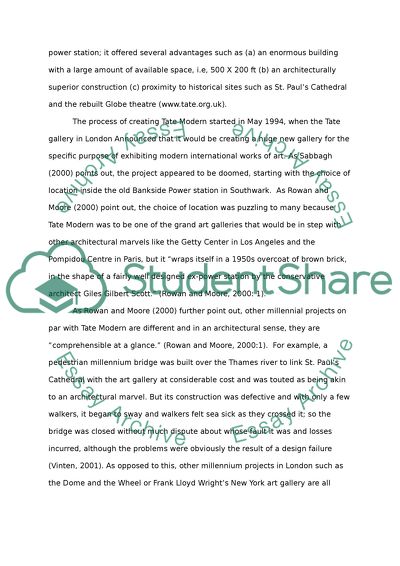Cite this document
(“Comparison of Tate Modern and Saatchi Gallery Essay”, n.d.)
Retrieved from https://studentshare.org/visual-arts-film-studies/1561191-comparison-of-tate-modern-and-saatchi-gallery
Retrieved from https://studentshare.org/visual-arts-film-studies/1561191-comparison-of-tate-modern-and-saatchi-gallery
(Comparison of Tate Modern and Saatchi Gallery Essay)
https://studentshare.org/visual-arts-film-studies/1561191-comparison-of-tate-modern-and-saatchi-gallery.
https://studentshare.org/visual-arts-film-studies/1561191-comparison-of-tate-modern-and-saatchi-gallery.
“Comparison of Tate Modern and Saatchi Gallery Essay”, n.d. https://studentshare.org/visual-arts-film-studies/1561191-comparison-of-tate-modern-and-saatchi-gallery.


